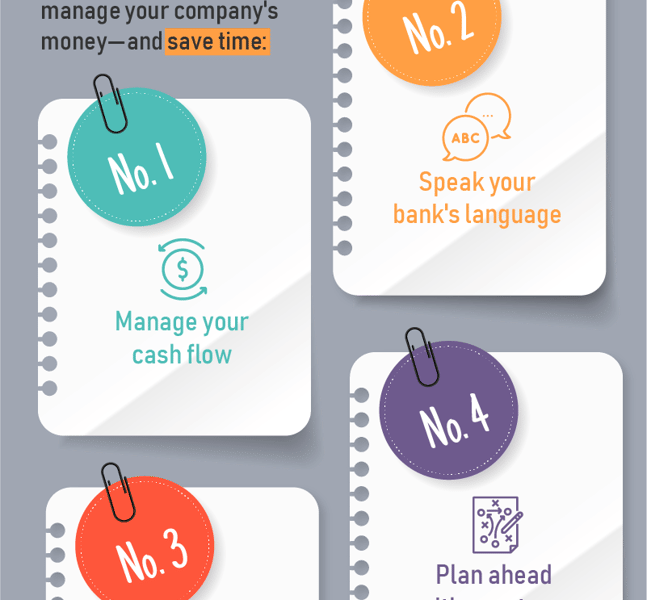Running a business is a thrilling yet challenging endeavor, and sometimes, despite our best efforts, we find ourselves grappling with debt. This is where proactive strategies become crucial, helping you regain financial control and steering your business towards a brighter future. Navigating the complexities of business finance can seem daunting, but implementing clear, actionable steps can significantly alleviate the pressure of outstanding debts. If your business is currently facing financial headwinds, don’t despair; there are effective methods for managing and ultimately eliminating your business debt. Let’s explore four straightforward approaches to help your business not only survive but thrive by tackling your business debt head-on.
1; Assess and Prioritize Your Debt
Before jumping into solutions, it’s essential to understand the full scope of your debt. Create a comprehensive list of all outstanding liabilities, including:
- Loans (bank loans, SBA loans, etc.)
- Credit card debt
- Supplier invoices
- Taxes owed
Once you have a complete list, prioritize your debts based on interest rates and associated penalties. High-interest debt should be your primary focus. Consider the impact of each debt on your business’s cash flow and prioritize accordingly. Paying down the high interest debts first will save you money in the long run.
2. Implement Strict Budgeting and Cost-Cutting Measures
A well-defined budget is the cornerstone of effective debt management. Carefully analyze your income and expenses to identify areas where you can cut back. Look for opportunities to:
- Negotiate better rates with suppliers.
- Reduce overhead costs (rent, utilities, etc.).
- Eliminate unnecessary subscriptions or services.
- Streamline operations to improve efficiency.
Remember, every dollar saved is a dollar that can be put towards debt repayment. Regularly monitor your budget and make adjustments as needed to stay on track.
3. Explore Debt Consolidation or Refinancing
Debt consolidation involves combining multiple debts into a single loan with a potentially lower interest rate. Refinancing, on the other hand, replaces an existing loan with a new one, often with more favorable terms. Both options can simplify your debt management and potentially reduce your monthly payments. Here’s a quick comparison:
| Feature | Debt Consolidation | Refinancing |
|---|---|---|
| Purpose | Combines multiple debts into one | Replaces a single existing loan |
| Interest Rate | Potentially lower, fixed rate | Potentially lower, variable or fixed rate |
| Complexity | Can be more complex due to multiple debts | Generally simpler, focusing on one loan |
Considerations Before Consolidating or Refinancing
- Shop around for the best rates and terms.
- Be aware of any fees associated with the new loan.
- Ensure that the new loan is manageable within your budget.
4. Increase Revenue Streams
While cost-cutting is important, increasing revenue is crucial for accelerating debt repayment. Explore ways to boost sales, expand your customer base, or introduce new products or services. Consider these options:
- Targeted marketing campaigns
- Online sales platforms
- Partnerships with other businesses
- New product development
Think creatively about how you can generate more income without significantly increasing your expenses. Even a small increase in revenue can make a big difference in your ability to pay down debt.
Beyond these core strategies, remember that open communication with creditors is paramount. Don’t shy away from discussing your situation and exploring potential payment plans or temporary relief options. Many lenders are willing to work with businesses facing financial difficulties, especially if you demonstrate a commitment to resolving the debt. Ignoring the problem will only make it worse and could lead to more serious consequences, such as legal action or damage to your credit rating.
Navigating the Emotional Toll of Debt
It’s important to acknowledge that dealing with business debt can be emotionally taxing. The stress and anxiety associated with financial uncertainty can impact your mental health and your ability to make sound decisions. Don’t hesitate to seek support from trusted advisors, mentors, or even professional therapists. Remember, you’re not alone, and there are resources available to help you navigate these challenging times. Taking care of your well-being is crucial for your overall success and your ability to lead your business effectively.
Long-Term Financial Health: Preventing Future Debt
Once you’ve successfully navigated your way out of debt, it’s essential to implement strategies to prevent future financial difficulties. This includes:
- Maintaining a healthy cash reserve to cushion against unexpected expenses.
- Regularly reviewing your financial performance and identifying potential risks.
- Developing a long-term financial plan that aligns with your business goals.
- Investing in financial education to improve your understanding of business finance.
By adopting a proactive approach to financial management, you can build a more resilient and sustainable business that is better equipped to weather economic uncertainties. Remember, financial health is an ongoing journey, not a destination. Continuous learning and adaptation are key to ensuring the long-term success of your business.

